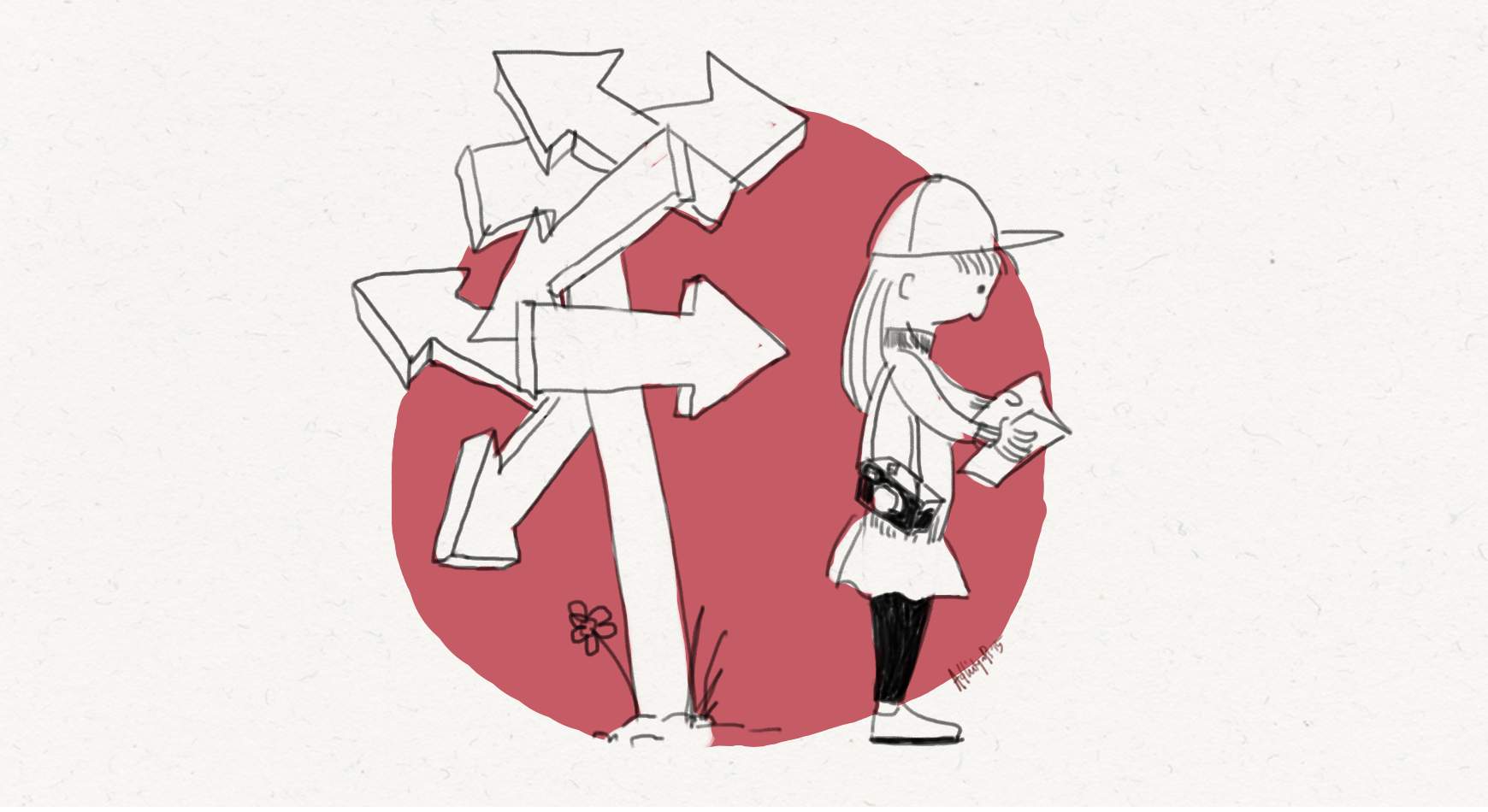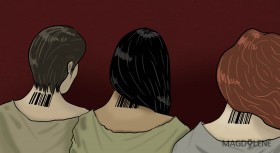“What I wanted to do, actually, was to find someplace very remote
and give myself a ten-day retreat of absolute solitude and absolute silence.”
(Elizabeth Gilbert, Eat, Pray, Love)
When a woman or a group of women are traveling, what do they see, experience and feel? What are the hurdles they face? How do we see women as tourists? How are they treated as tourists?
The various dimensions of men and women, and taking into account gender inequality and injustice, affect the complexity of women travelers. Social and cultural conditions provide barriers and hurdles to women travelers. But as more women travel and are portrayed as travelers, they continue to shape the tourism industry and the discourses on it.
History shows that for a long time traveling was a man’s activity, especially in the early part of human civilization. Books telling of the travels, maritime trade and explorations that led to the conquests of “new worlds” show that undertaking adventure or new, unique and enriching experience was the dominion of men. It seemed there was no way that women, who were placed in the private realm, could go outside their house without male companions. Industrial revolution again strengthened the role division between men and women, as the former fell under the workers group (those with income), while the latter were homemakers (those without income). How tourism industry developed later was something that was decidedly masculine in perspective.
Gender-biased (even sexist) values have big impacts on the motivation and traveling process for women, whether traveling solo, with a group of other women or with men. The problems of patriarchy, social roles, stigmas and stereotypes, access and services (including the attention to specific needs of women), and equal opportunity and chance to participate are the issues related to the discussion on tourism and gender issue.
Challenges as Tourists
Traveling is a right. Every individual should be able to travel freely and responsibly. But the problem is not that simple when considering the motivation of women and their fulfillment of traveling freedom. Gender inequality and injustice affect how women decide on their travels and the convenience of starting their own travel.
The various walls that have to be broken by women in this context is interesting to observe, not just as a discussion, but as a consideration that women as a group has a significant potential to contribute to the future of tourism industry, as well as an advocacy for equality and justice in tourism.
Male domination in public realm makes strategic decisions not neutral. They disrupt the freedom of women to travel. The issues of family income, time, work burden, double role, family/children care and power, are obstacles for women. For example, in a family where the father is the breadwinner and the mother is a housewife, the decision of family travels is made by the father, who controls the power, money, time and access to traveling services and accommodations.
The social role of women that is attached to the domestic realm has long kept women at an average of lower level of education compared to men. The result: they have less access to job and income opportunities, making money the main issue that keeps women from traveling. Moreover, the roles of women that are deemed unimportant create certain stigma and stereotype. Apart from financial issue, many single women often are not allowed by their parents or guardians to travel far, let alone spending nights in other city. On the other hand, married women who travel without their families are often judged, as if they don’t care about their husbands and children.
What about service and infrastructure? Poor public service and infrastructure found in many tourism destinations shows disregard for the specific needs of women. A woman backpacker complaining about public toilet, for example, does not mean she is less a backpacker than her male peers. Women have the needs to change their menstrual pads, for example, and have the rights to get sufficient public facilities/infrastructure. Woman travelers are also more vulnerable when going to certain places due to high rates of crimes and violence. They are prone to sexual harassment in public space, such as toilets, terminals or even inside public transportation.
Traveling: Self-Recovery and Me-Time
The increasing number of workingwomen contributes greatly to the trend of women traveling. Improved access of information also affects the trend, with more and more female hosts on traveling programs on TV and travel blogs written by women. Man is not the only sex that can produce knowledge from tourism activity.
Women don’t just travel for the sake of traveling. Their experience and motivations are multidimensional and more complex. Women see and feel traveling as a diverse experience.
At the moment, although the rate of women’s participation in traveling is higher and continues to increase, many of them still face obstacles related to the social role, stigma and stereotype, access and service, and opportunities. For women living in rural areas, the problem is more complicated mainly because of poverty and education.
Our view of women travelers may be tinted in stereotypes. Increased participation gives rise to diversity, which in turns will break the stereotypes and hopefully lead to the elimination of obstacles for women travelers. Woman travelers are appealing for the tourism industry/business, but it is also essential to contemplate the personal and emotional experiences for women to redefine the meaning of happiness and freedom.
Increased participation of women in tourism creates a huge impact to changes, from individual character and mindset, family dynamics, socio-cultural conditions, perspective on women to the economy boosted by the number of women’s visitors. It also encourages improvements on services and infrastructure for tourists of diverse backgrounds and those with special needs, from the differently abled, to pregnant women, children, senior citizens, and other minority groups that are currently not enjoying their traveling rights fully.
Encouraging women’s participation to travel, supported by infrastructure, facilities and safety, will provide new insights into how women enjoy and define freedom.
*This article is a short version of a chapter on women traveler in the book 'Peluang dan Tantangan Pariwisata Indonesia' (Indonesia’s Tourism Opportunities and Challenges, published by Alfabeta, 2014) written by @nurdiyansah.
Nurdiyansah Dalidjo is the founder of Jejakwisata.com and has recently launched the travel book Porn(O) Tour (Metagraf, 2015) in which he campaigns for the issue #TourismEthics in a popular way.








Comments